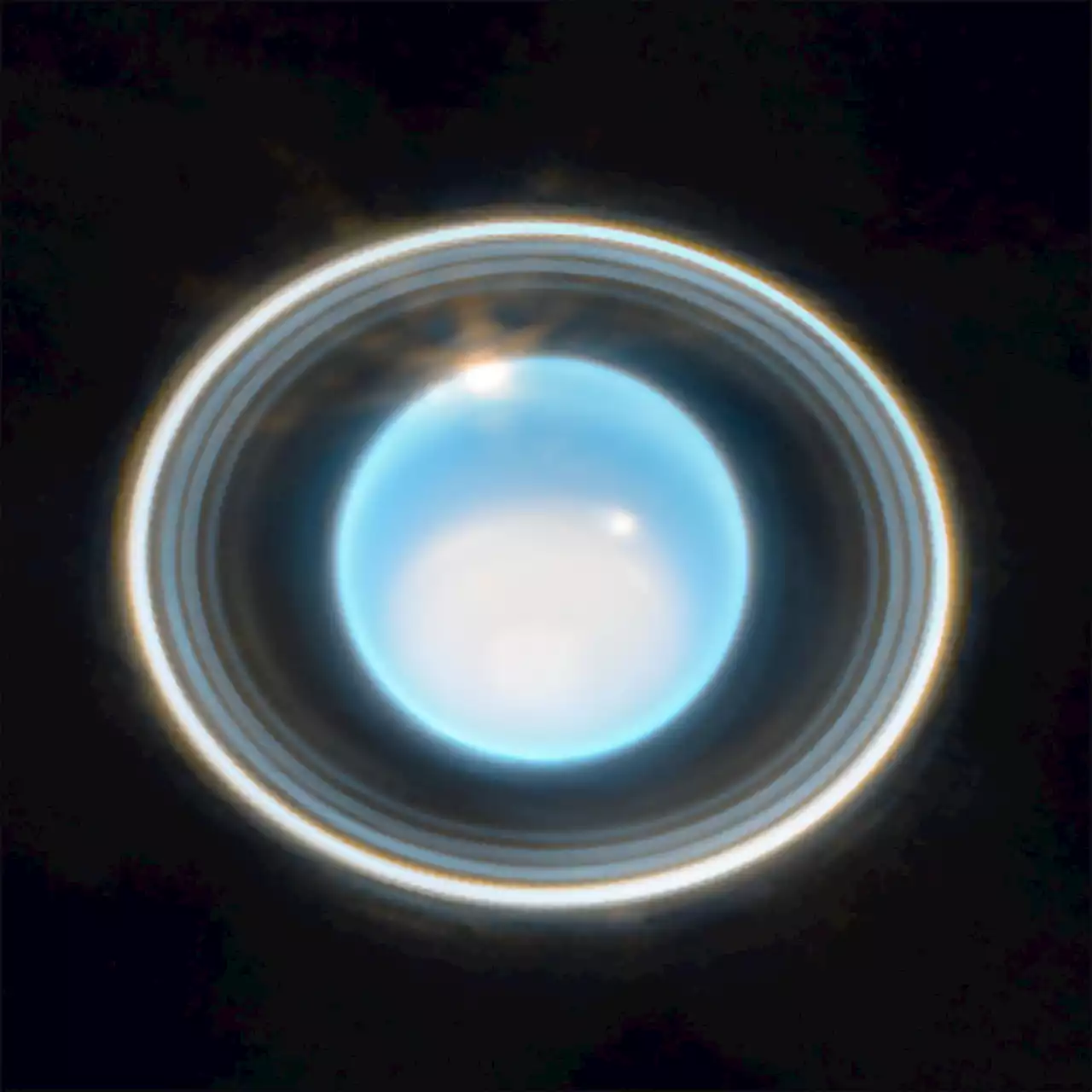The technology behind the mirror in NASAWebb's JamesWebbSpaceTelescope is being used to make LASIK eye surgery safer and more effective.
The recently launched James Webb Space Telescope is set to help rewrite our understanding of the cosmos. Already, astronomers havethan ever before — and crucial to the telescope capturing light from over 13 billion years ago are its massive mirrors.
Now these mirrors, developed over a decades-long effort by NASA, are helping eye surgeons improve the vision of millions of people by enhancing the accuracy of laser-assisted eye surgery.The construction of the JWST mirror segments involved rigorous measuring, grinding, polishing and testing — one of the most time-consuming aspects in the construction of JWST.
“It’s called a Scanning Shack Hartmann sensor and it allows you to measure surfaces with very high resolution,” Feinberg says. “This was helpful in measuring edges of mirrors but is also useful in measuring eyes.”The technology, which uses algorithms to detect deviations in the JWST mirrors, was eventually incorporated by WaveFront Sciences into a commercial product capable of diagnosing specific eye conditions by mapping the eye. They called it the Complete Ophthalmic Analysis System.
of these spinoff products, as they’re important reminders of the broader benefits that space exploration can have on society.WaveFront’s system was bought and sold several times before it was acquired by Johnson & Johnson in 2017, who then incorporated it into its— a unique tool that takes precise eye measurements to help map imperfections in visual pathways and cornea curvature.
United States Latest News, United States Headlines
Similar News:You can also read news stories similar to this one that we have collected from other news sources.
 James Webb Space Telescope spies most ancient galaxies ever observedFour galaxies investigated by the powerful space telescope are seen as they were just 350 million years after the Big Bang.
James Webb Space Telescope spies most ancient galaxies ever observedFour galaxies investigated by the powerful space telescope are seen as they were just 350 million years after the Big Bang.
Read more »
 See The Webb Telescope’s Jaw-Dropping New Images Of Uranus, Its Rings And Moons After 19-Year WaitThe James Webb Space Telescope (JWST) has become only the third telescope to image the seventh planet’s faint rings.
See The Webb Telescope’s Jaw-Dropping New Images Of Uranus, Its Rings And Moons After 19-Year WaitThe James Webb Space Telescope (JWST) has become only the third telescope to image the seventh planet’s faint rings.
Read more »
 See The Webb Telescope’s Jaw-Dropping New Images Of Uranus, Its Rings And Moons After 19-Year WaitThe James Webb Space Telescope (JWST) has become only the third telescope to image the seventh planet’s faint rings.
See The Webb Telescope’s Jaw-Dropping New Images Of Uranus, Its Rings And Moons After 19-Year WaitThe James Webb Space Telescope (JWST) has become only the third telescope to image the seventh planet’s faint rings.
Read more »
 See The Webb Telescope’s Jaw-Dropping New Images Of Uranus, Its Rings And Moons After 19-Year WaitThe James Webb Space Telescope (JWST) has become only the third telescope to image the seventh planet’s faint rings.
See The Webb Telescope’s Jaw-Dropping New Images Of Uranus, Its Rings And Moons After 19-Year WaitThe James Webb Space Telescope (JWST) has become only the third telescope to image the seventh planet’s faint rings.
Read more »
 Webb telescope discovers four oldest galaxies ever observedThe galaxies date from 300 to 500 million years after the Big Bang more than 13 billion years ago, when the universe was just two percent of its current age.
Webb telescope discovers four oldest galaxies ever observedThe galaxies date from 300 to 500 million years after the Big Bang more than 13 billion years ago, when the universe was just two percent of its current age.
Read more »
 Lawrence Livermore Lab Scientists Build Telescope for International Space StationLawrence Livermore Laboratory (LLNL) scientists designed and built a telescope that, as of March 14, was out of this world.
Lawrence Livermore Lab Scientists Build Telescope for International Space StationLawrence Livermore Laboratory (LLNL) scientists designed and built a telescope that, as of March 14, was out of this world.
Read more »
